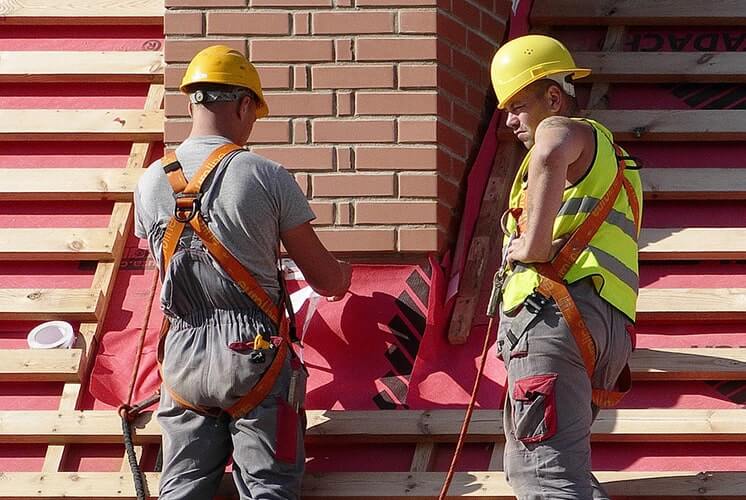Roof Installation Safety: Ensuring Electrical and Gas System Security
During roof installations, the safety of electrical and gas systems is often overlooked, yet it is crucial for the home’s overall safety and comfort. Roof materials, tools, and construction activities can pose potential risks to these systems. This article outlines comprehensive inspection procedures for electrical and gas systems before, during, and after roof installation to ensure project safety and reliability.
Ensuring Electrical System Safety
The electrical system is a fundamental safeguard for residential safety. Any damage to wiring or electrical equipment can lead to fires or electrical shocks, making pre-construction inspections essential.
Identify Wiring Paths
Before construction, identify the exact routing of electrical wiring beneath the roof using a wire detector or construction blueprints. Mark the paths to prevent accidental damage during installation. Collaboration between construction teams and electricians is advised to ensure accuracy.
Inspect for Wiring Aging
Check for aged or exposed wires before installation, as these are prone to damage in high-temperature or humid environments. Replace any damaged wiring to avoid short circuits that could cause fires. Examine sockets and connectors near the roof area for looseness or faulty connections.
Ensure Proper Insulation
Verify the integrity of the wire insulation to prevent electric leakage during construction. Pay extra attention to areas where metal materials are used, ensuring wires are well-protected. After installation, use an insulation tester to confirm no leakage hazards exist.
Gas System Safety Inspections
Gas system safety is critical for a healthy and secure living environment, making its inspection an integral part of roof installations.
Locate Gas Pipelines and Vents
Before construction, use a pipeline detector or blueprints to locate gas lines and vents. Keep vents clear to avoid obstruction by debris. Protect pipelines beneath walls or roofs with additional guards to minimize construction impact.
Check Gas Line Seals
Before construction, use gas detectors to check pipeline seals, ensuring no leaks. Gas leaks pose significant fire risks and affect air quality. Address any detected leaks immediately by repairing or replacing faulty pipes.
Prevent Damage During Construction
Gas lines running beneath the roof or walls must be protected from heavy pressure, impacts, or cutting during construction. Place warning signs near pipelines, and avoid drilling or cutting in areas close to gas lines.
Protection Measures During Construction
During roof construction, specific measures to protect electrical and gas systems are essential for preventing accidents.
Cover Wires and Pipelines with Protective Layers
In construction zones, cover wires and gas pipes with protective boards or sleeves to shield them from exposure. Reinforce exposed wires with insulating tape and protect gas pipes with rigid plastic guards.
Prevent Damage from Cutting and Drilling
Ensure cutting and drilling operations are conducted away from wires and pipelines. For areas near these systems, consult electricians or gas technicians and use shallow cutting or manual drilling to reduce risk.
Maintain System Operability
If temporary power or gas shutdowns are required, ensure switches and valves are properly turned off. After construction, verify that power and gas supplies are restored before sealing the roof.
Post-Construction Inspections
After roof installation, conduct final checks on the electrical and gas systems to ensure no issues remain.
Electrical System Testing
Use voltage testers and insulation detectors to check the electrical system. Inspect outlets, switches, and connectors for looseness, poor connections, or leakage. Verify the meter readings to confirm system stability.
Gas System Ventilation Checks
Use gas detectors to ensure no leaks or blockages exist in the gas system. Recheck vents and gas fittings for damage during construction. Install carbon monoxide and natural gas alarms in the home to enhance long-term safety.
Conclusion
Electrical and gas system inspections during roof installation are essential for ensuring safety and reliability. Systematic checks and protective measures significantly reduce hazards, ensuring a smooth construction process and peace of mind for future residents.


